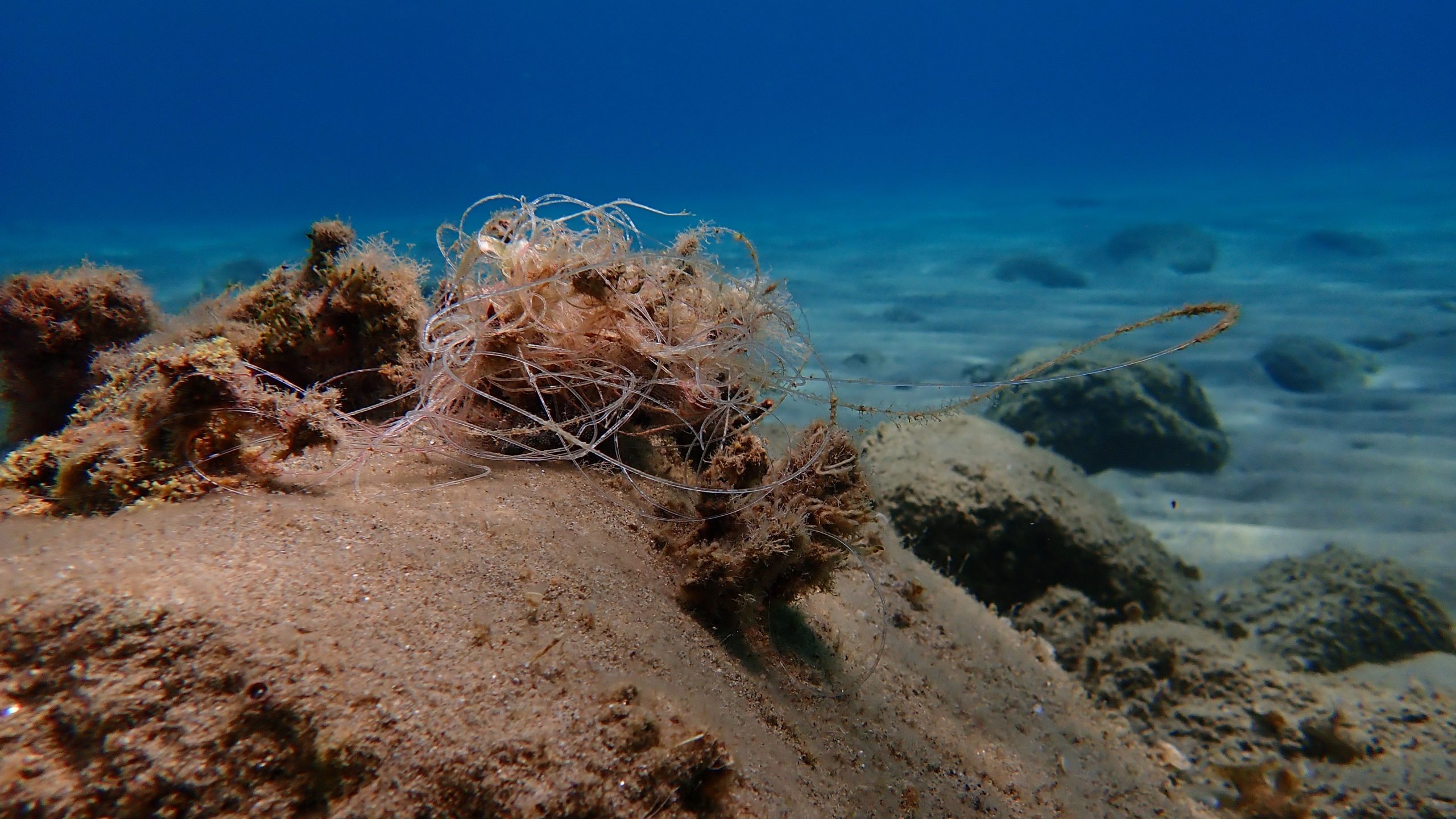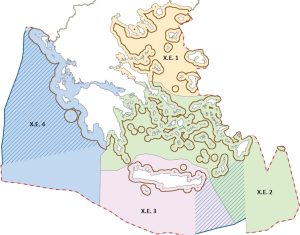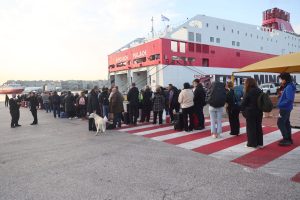Data released this week by the European Union’s Copernicus satellite reveals that sea surface temperatures in the Mediterranean and Black Sea continue to exceed seasonal norms for mid-June, with the Aegean Sea posting some of the highest anomalies.
Temperatures in the Aegean Sea and Levantine Seas are 2-3°C above average, while the Black Sea is 3-4°C higher than normal for this time of year. In contrast, the Western Mediterranean (Iberian Sea) and parts of the Ionian Sea recorded temperatures close to or slightly below average.
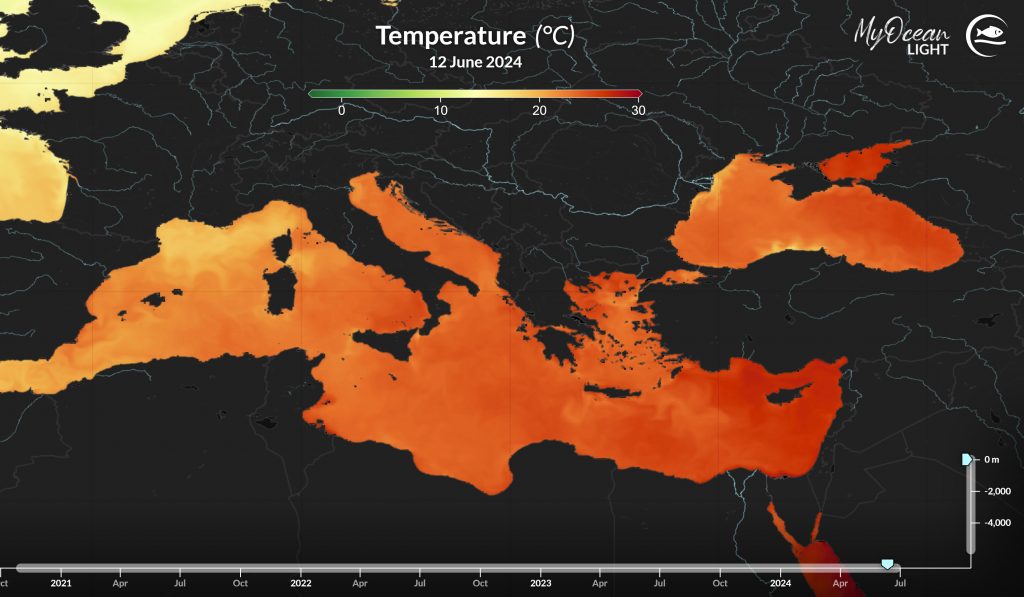
Associated Risks
The higher sea surface temperatures have been accompanied by hotter atmospheric conditions as well, and as we have seen, contribute to extreme weather, disrupt sea currents, reduce fishery yields, and increase algae blooms and ocean acidification, all of which impact human health directly and indirectly.
Higher temperatures also pose the potential for some immediate and very unpleasant effects, such as the return of the infamous marine mucilage to the Mediterranean, also known as “sea snot.”
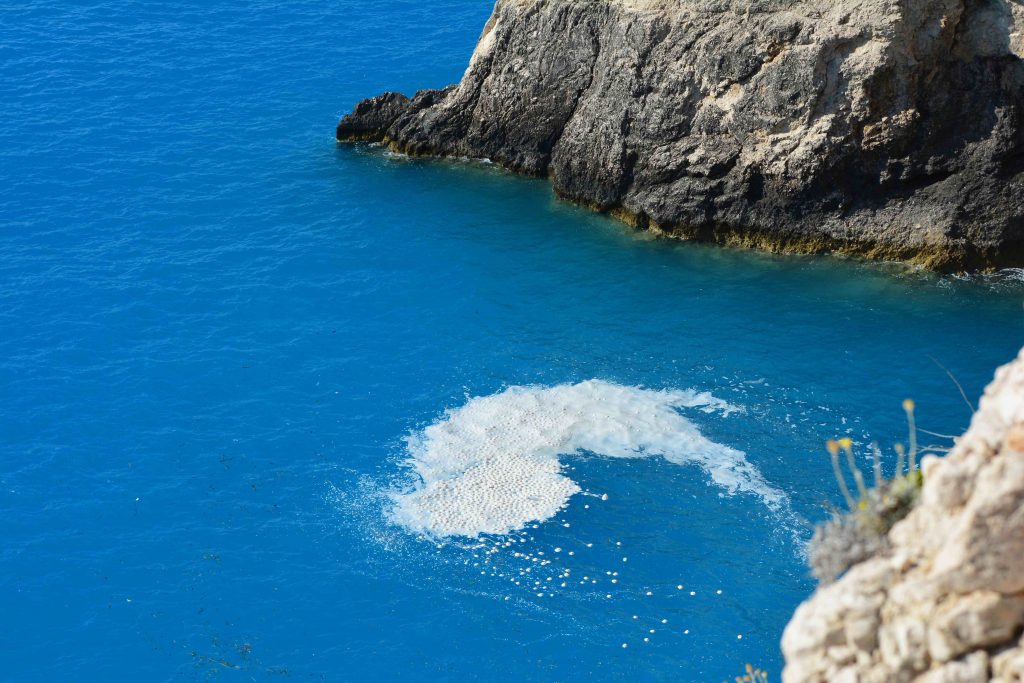
Sea snot phenomenon at the Ionian Sea.
Sea Snot, a thick gelatinous organic matter carrying diverse microorganisms, is triggered by increased phosphorus, drought conditions, climate change, and particularly the dumping of untreated sewerage into our seas.
And while incidents have occurred on a smaller scale over the past few years, including in the Aegean Sea and Ionian Sea, it plagued the coastline of Turkey and in particular the Sea of Marmara in a dramatic way during the summer of 2021, disrupting coastal tourism, smothering sea life, affecting fishing industries, and spreading bacteria and viruses.
Signs of Hope?
Fortunately, some relief from the heat may be on the horizon, at least for certain parts of the world. The U.S. National Oceanic and Atmospheric Administration (NOAA) announced that the El Niño-Southern Oscillation (ENSO), a recurring climate phenomenon that brings above-average ocean and atmospheric temperatures, is beginning to decouple with the atmospheric part almost shut-off.
ENSO is most powerful when its atmospheric and ocean elements move together. However, when these elements start to decouple, as they are now—with the atmospheric component essentially inactive and the ocean part weakening—it typically indicates that ENSO is preparing to enter a new phase.
As a result, NOAA and meteorologists worldwide are now on “La Niña watch.” NOAA predicts a shift to ENSO-neutral conditions within a month, which is the period between El Niño and the cool phase of ENSO called La Niña.
NOAA says that LA Niña has a 65% chance of developing between July and September and an 85% chance of persisting into the Northern Hemisphere winter 2024-2025.
While ENSO primarily affects regions east and west of the Pacific, it also influences global weather patterns in varied and uneven ways. Once La Niña arrives, unfortunately, it’s uncertain how long its much-needed cooling effect will last and also how climate change will impact ENSO.
About Copernicus
Copernicus is the Earth Observation (EO) component of the European Union’s Space program and uses remote sensing technologies to monitor the land, marine (seas, rivers, lakes) and atmosphere over Europe.
It provides data from satellites and ground sensors for a wide range of applications, including urban management, sustainable development, nature protection, regional and local planning, agriculture, forestry, fisheries, health, civil protection, infrastructure, transport, mobility, and tourism.
According to the EU, Copernicus is served by a set of dedicated satellites (Sentinels) and existing commercial and public satellites. Since the launch of Sentinel-1A in 2014, the European Union set in motion a process to place a constellation of almost 20 more satellites in orbit before 2030.

